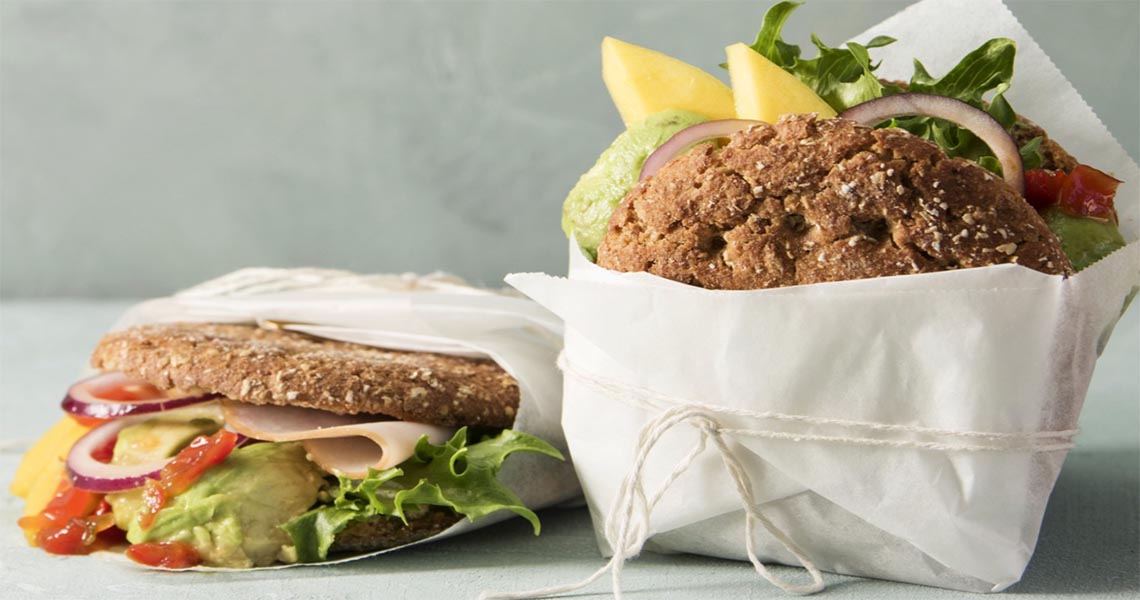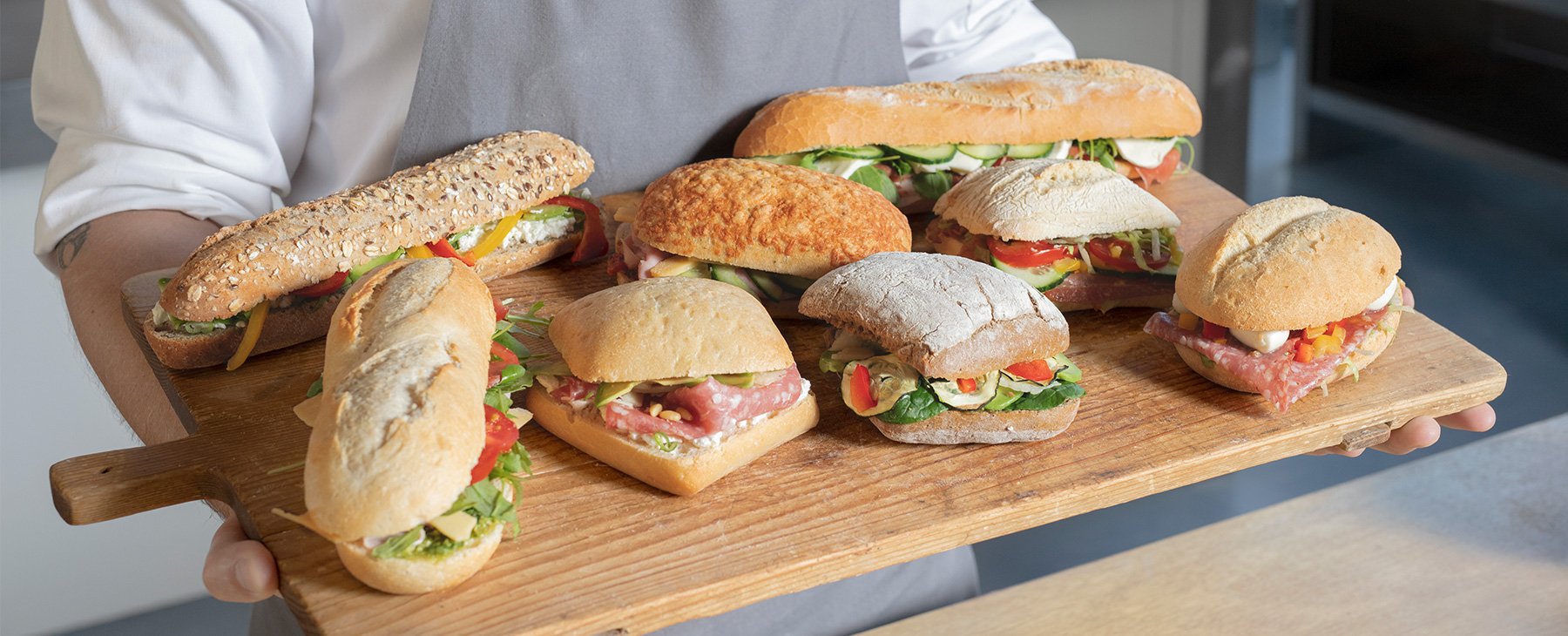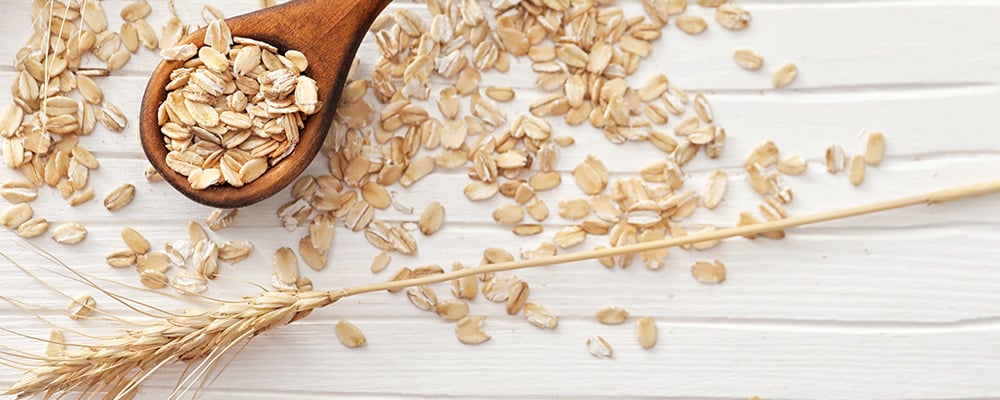1. Choose the right type of bread
Bread with added fat takes longer to go stale. That’s why a baguette should be eaten the day it is baked, but a ciabatta or a brioche will be fine for longer. This is also due to its long and narrow shape – so consider all of this when picking the bread for your sandwiches.
The ingredients used in the dough also play a significant role. Whole grain or rye are longer lasting than white wheat bread, for instance.
Since it is a challenge to keep bread moist and crisp after it leaves the oven, frozen par-baked or fully-baked bread is the solution to this problem for many sandwich shops. This will not only increase sales, but also lower the amount of food wasted as you can control the amount of product you thaw.
Freezing bread in the state that it was right after leaving the oven with a crusty crust and a soft interior is by far the best way to preserve it and allows you to avoid adding chemical preservatives. Freezing bread greatly slows down the staling process and by baking off par-baked bread in your own oven or simply grilling or toasting fully-baked bread you will re-gelatinize the starches and make the bread crisp and soft again.







